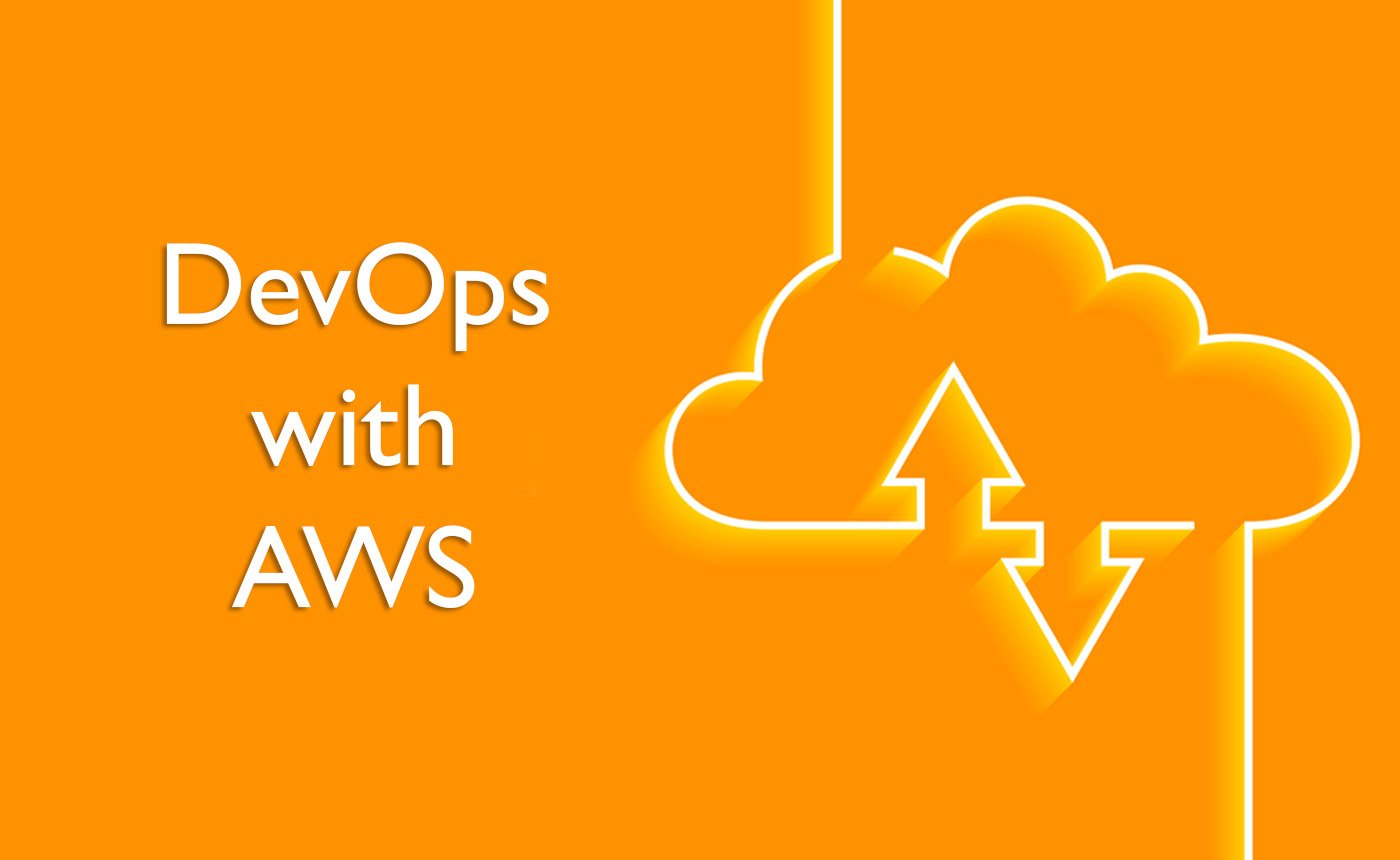What Is Infrastructure as Code in AWS DevOps?
Introduction
Infrastructure as Code (IaC) is a fundamental concept in AWS DevOps that revolutionizes how infrastructure is managed and deployed. Instead of manually configuring resources, IaC uses code to automate the provisioning and management of cloud resources like servers, databases, and networking. By treating infrastructure as code, teams can easily version, automate, and scale their environments, enhancing consistency and reducing human errors. IaC tools, such as AWS CloudFormation, Terraform, and AWS CDK, enable seamless integration with CI/CD pipelines, allowing DevOps teams to manage infrastructure across different environments with agility and control efficiently. Consider investing in the AWS DevOps Engineer Certification to learn more about IaC in AWS DevOps.
Infrastructure As Code In AWS DevOps
Infrastructure as Code (IaC) is a key practice in AWS DevOps that involves managing and provisioning computing infrastructure through machine-readable configuration files, rather than physical hardware or interactive configuration tools. IaC allows developers and operations teams to automate the deployment and management of resources like EC2 instances, S3 buckets, databases, networking configurations, and more, using code.
Key Principles of IaC
- Version Control: Since infrastructure is defined in code, it can be stored in version control systems like Git, enabling tracking changes, collaboration, and rollback capabilities.
- Automation: IaC integrates with CI/CD pipelines, allowing automatic provisioning and de-provisioning of environments (e.g., test, development, production) based on the code.
- Idempotency: The infrastructure code can be repeatedly applied without changing the system beyond its desired state. This means running the code multiple times will result in the same infrastructure state.
AWS Tools for IaC
AWS CloudFormation This is a native AWS IaC tool that allows users to define their AWS infrastructure in JSON or YAML templates. Once a CloudFormation template is applied, it automatically provisions resources, maintains dependencies, and manages the lifecycle of AWS components.
Example A simple CloudFormation template to provision an EC2 instance
“Resources
MyEC2Instance
Type “AWSEC2Instance”
Properties
InstanceType “t2.micro”
ImageId “ami-0abcdef1234567890″”
Terraform Although not AWS-specific, Terraform is a popular open-source IaC tool that works across multiple cloud platforms, including AWS. It uses its declarative language called HCL (HashiCorp Configuration Language). Terraform allows managing both cloud and on-premises resources using a consistent workflow.
AWS CDK (Cloud Development Kit) The AWS CDK allows developers to define infrastructure using familiar programming languages like Python, JavaScript, and TypeScript. This allows for more expressive and flexible infrastructure definitions than declarative templates.
Benefits Of IAC in AWS DevOps
- Consistency Infrastructure is deployed in a predictable and repeatable way, reducing configuration drift and human errors.
- Scalability IaC supports the rapid scaling of infrastructure to accommodate varying demands by automatically managing the underlying resources.
- Cost Efficiency Since environments can be spun up and torn down automatically, developers can run environments only when needed, minimizing resource wastage.
Thus, IaC is a foundational practice in AWS DevOps that brings agility, automation, and control to infrastructure management, ensuring a streamlined workflow across development, testing, and production environments. One can join Devops And Aws Training for the best skill development opportunities in this field.
Conclusion
To summarise, Infrastructure as Code (IaC) in AWS DevOps automates and streamlines infrastructure management by defining resources through code. This approach ensures consistency, reduces human errors, and enhances scalability. With tools like AWS CloudFormation, Terraform, and AWS CDK, teams can provision, manage, and version infrastructure efficiently. IaC enables rapid deployment, cost savings, and simplified scaling, making it a critical practice for organizations adopting DevOps, ensuring seamless integration across development, testing, and production environments.






